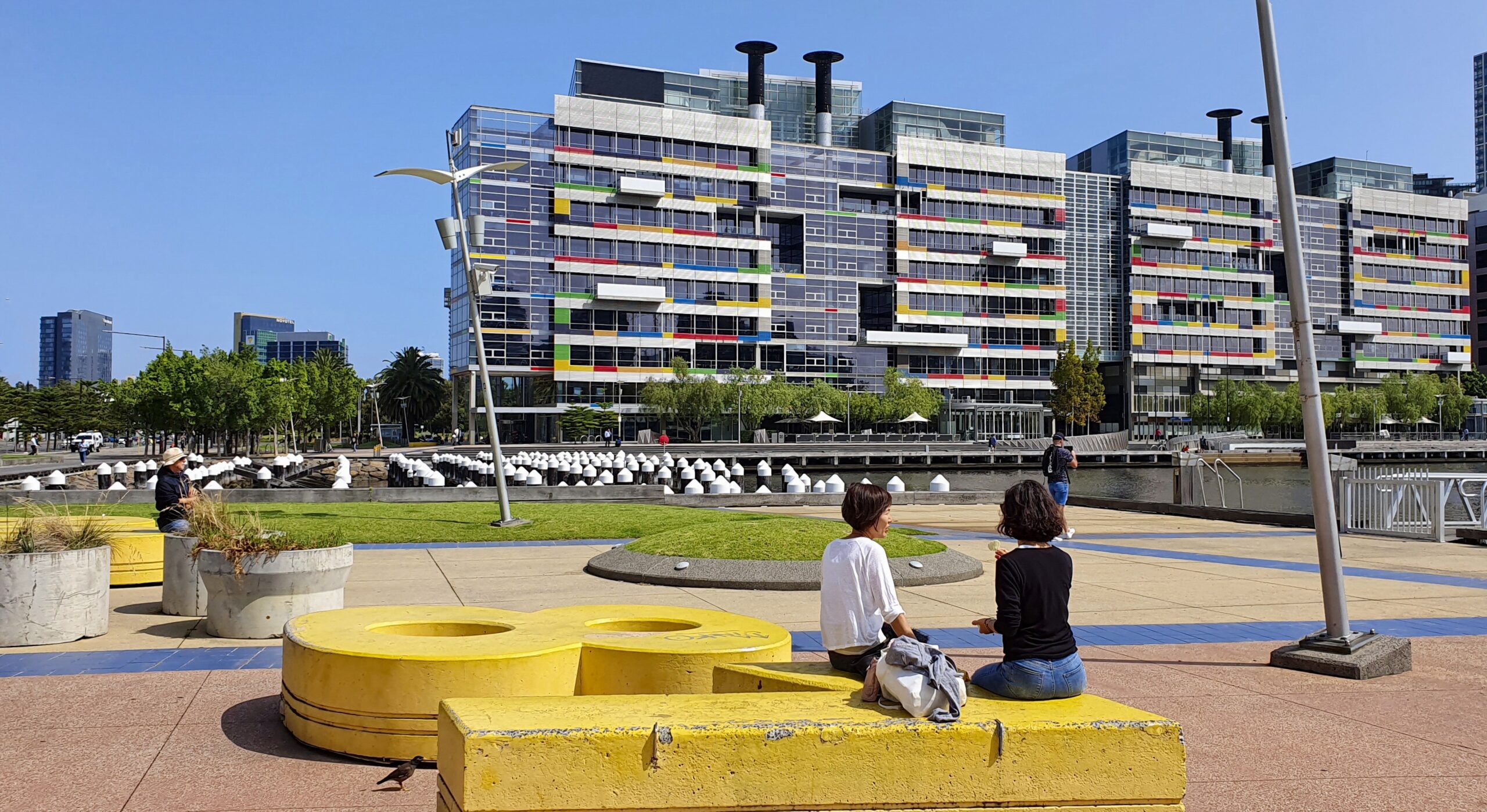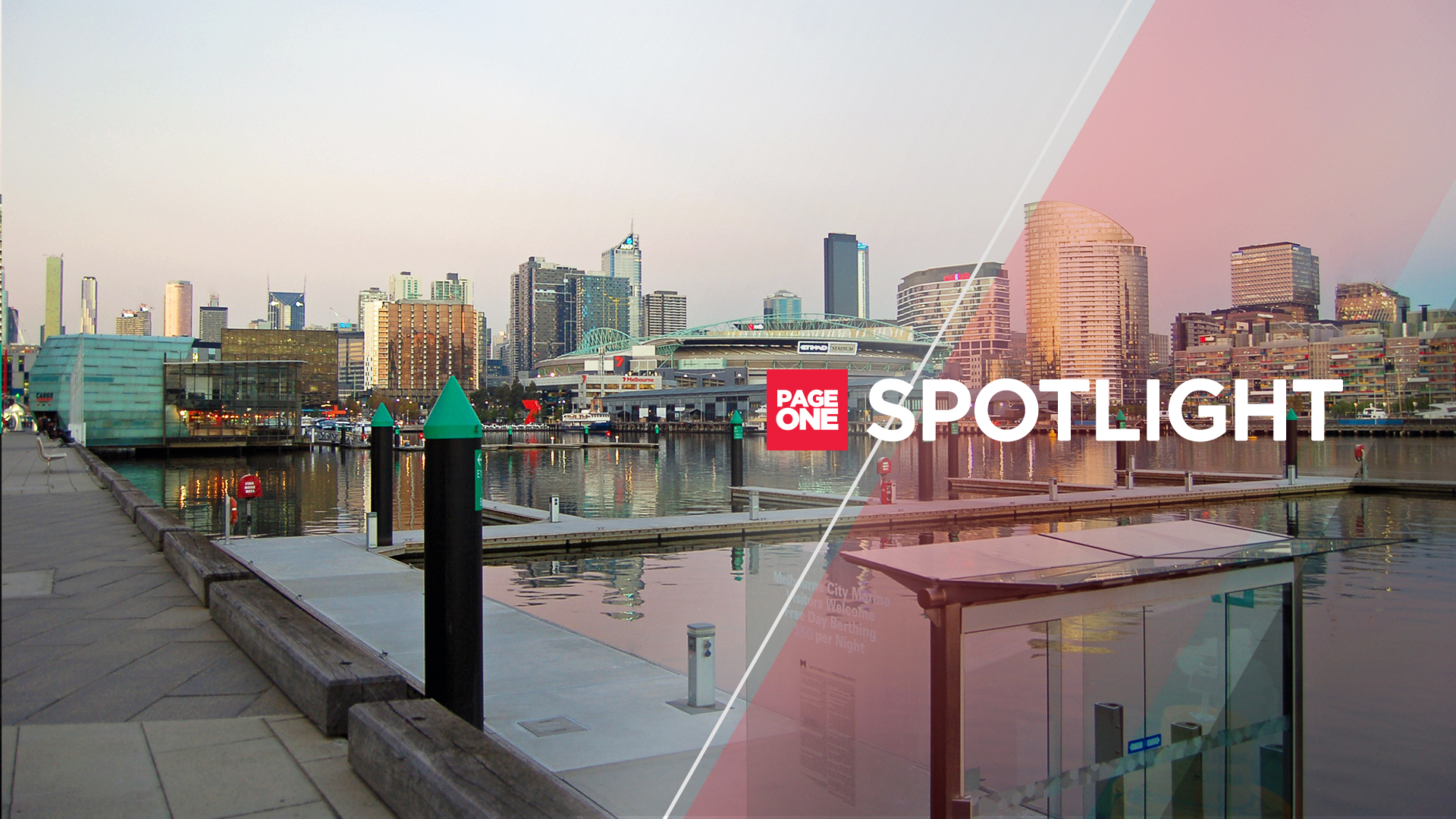New city developments are poised to reshape a new future in design and construction with more focus on health and wellness and green spaces.
Today, people’s standards of living have been reshaped by the health pandemic. From digitalization and advancements in technology and collaboration tools, the current situation paved for new ways of thinking with people embracing the new normal, changing how they live, work, and even design their spaces; to some, even avoiding the congested cities.
“Creating vibrant and livable communities designed to enhance residents’ quality of life that promotes physical activity, social interaction, and access to nature is becoming the trend on how urban spaces should be designed”, says Architect Ian Fulgar, the principal architect at The Fulgar Architects.
Global cities like Melbourne and Sydney are leading the way in these initiatives. Residents enjoy walkable and bikeable streets and access to public green spaces that promote social interaction and engagement which directly influence health, happiness, and well-being.
“Urban growths in the Philippines can learn from these examples and adopt similar strategies to create more sustainable, equitable, and livable urban environments,” adds Architect Fulgar.
Mixed-use plans for a healthy lifestyle
In the Colliers Q3 2022 Residential Survey, people are prioritizing residential developments with more green and open spaces as well as with multi-use amenities and projects that offer innovative, resilient and smart home systems.

These new urban development considerations help master planners, architects, and real estate developers to fully achieve building sustainable infrastructure and land use projects focused on the environment, more energy-efficient buildings, and utilization of renewable sources.
“Master planners can design infrastructures that are more resilient to future shocks and disruptions,” adds Architect Fulgar. He cited the adoption of the “15-minute concept in city planning” where all daily necessities and services can be reached within a 15-minute walk or ride from any point in the city, thereby promoting a healthy and sustainable lifestyle.
Hence, mixed-use developments are highly encouraged by urban growth experts like Colliers and Architect Fulgar, where residential, commercial, and office spaces are integrated within a single development. “Residents can live, work, and play in the same area with access to a variety of amenities and services within close proximity,” shares Architect Fulgar.
Accessibility is crucial in urban growth. Access to livable towns, education and training opportunities, and the community’s livelihood and lifestyle regardless of a person’s income, race, and background can uplift the morale of residents.
Architect Fulgar supports green transportation options, where “investing in new transit technologies and modernizing transit networks with dedicated bike lanes, pedestrian-friendly sidewalks, and bike-sharing programs can make public transportation more attractive for commuters.”
Rising need for coastal developments
Architect Fulgar emphasized the potential benefit of coastal and waterfront developments in local and national economies through tourism, real estate activities, infrastructure developments, economic diversification, and improvement of residents’ quality of life.
“The expansion of waterfront developments can produce more real estate activity by constructing new homes and commercial spaces. These developments can support economic recovery and promote long-term economic growth,” says Architect Fulgar.
Coastal developments are structures built along or near natural coastlines for recreation, commerce, or general protection.
In the country, the Bay Area is being tapped as the next big thing in the metropolis. Its billions of investments from multifaceted industries are predicted by property experts to be a flourishing fourth CBD joining the ranks of Bonifacio Global City (BGC), Makati City, and Ortigas Center.
In one of Colliers’ most recent Property Outlook reports, the Bay Area’s ongoing projects will likely overtake BGC in the residential sector’s condominium market in Metro Manila. Bay City offers accessibility, variety, and health benefits both to foreign tourists and the general public, thus making it the perfect hub for commercial, cultural, economic, and residential activity. It has the biggest potential of helping the local and national economies as the country recovers from the pandemic.
A balanced and sustainable approach to benefit stakeholders
Coastal and waterfront developments will be subject to the natural forces and hazards. But with careful design, proper planning, and implementation, such development that is executed responsibly will enable economic progress and a healthy lifestyle.
“To design and build coastal and waterfront developments responsibly, architects must consider various factors like sustainability, resilience, and community goals. Sustainability and resilience are crucial considerations as coastal developments can significantly impact the surrounding communities. The effort requires a collaborative and engaging approach with local inhabitants, environmental organizations, and government agencies,” Architect Fulgar emphasizes.
“When cities are developed toward enhancing citizens’ quality of life, their morale can play a crucial role in fostering a strong sense of pride and national identity, hence they are more likely to trust and support its institutions and leaders, leading to a more stable and secure society,” concludes Architect Fulgar.





















